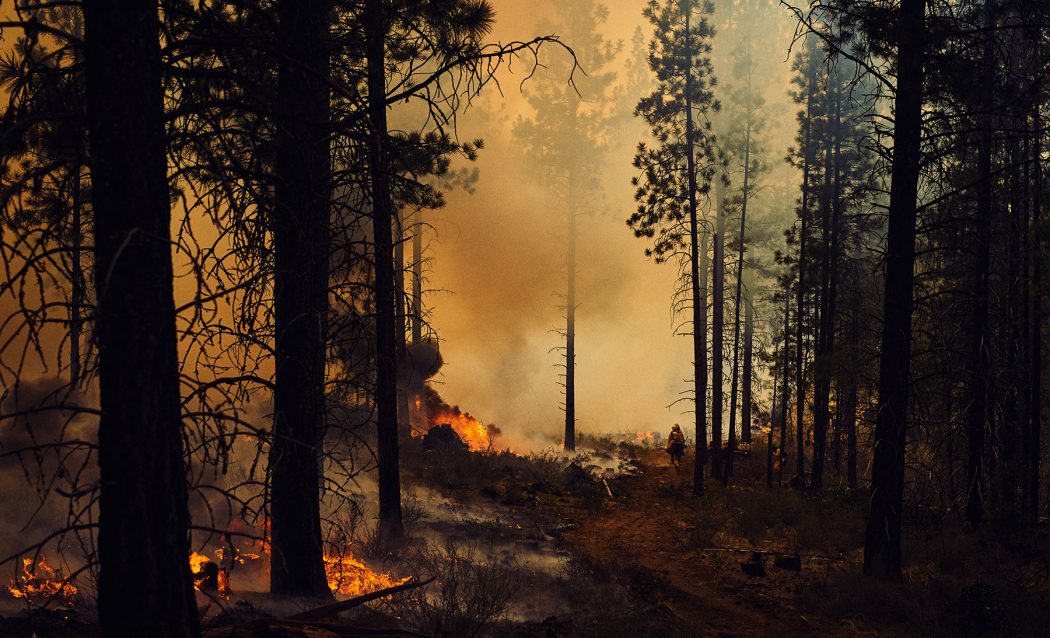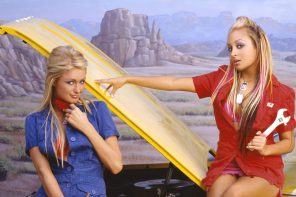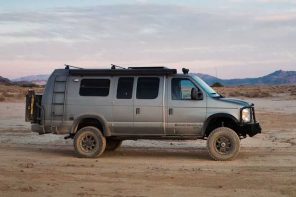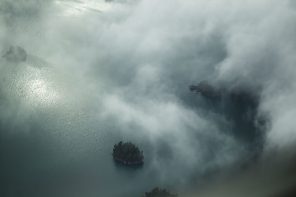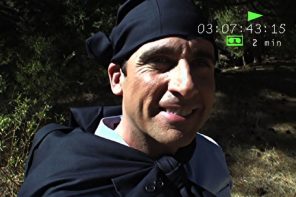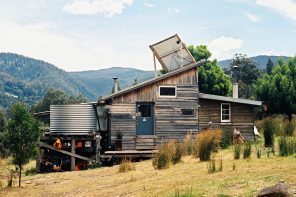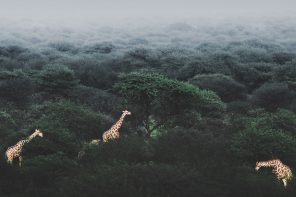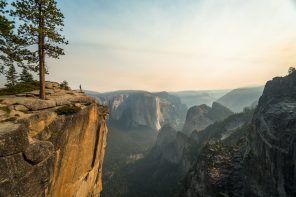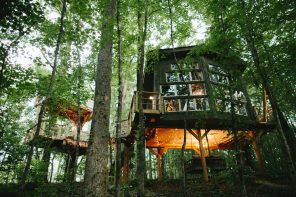Since 1944 Smokey Bear has told you to “prevent forest fires,” which is a good thing to remember so you drown your campfire with water at the end of the night— our forests certainly don’t need you setting them ablaze. But what you might not realize is forests actually need to burn. It’s part of their history and way of life. Just like rainforests need rain, deserts need sun, and the Arctic needs ice, many forests need, rely on, and cannot regenerate without fire. This may challenge everything you thought you knew about fire—we’ve been taught that fire is destructive and must be stopped. But with this mindset, we’ve failed to see fire across a spectrum—both destructive and nourishing.
As you might expect, 90% of wildfires are human-caused, which means 10% are natural, but what you might not know is that 10% of natural fires are extremely important to our forests’ health. Scientists suggest 20 to 30 million acres of wild land burned annually across the United States before European settlement. Today, estimates suggest that only 6 to 7 million acres burn each year—a 75% decrease.
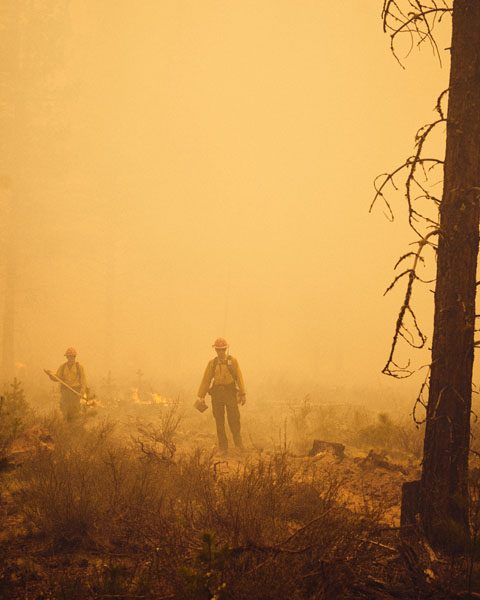
Photo: Cole Barash
That means millions more acres of forest would burn, but do not. Our forests need the transformative power of fire to shape them. It’s the vehicle that creates habitat, thins forests and keeps them healthy and cleans lands of parasites and unhealthy trees.
Fire, like the sun, is a requirement for our forests—its signature is literally charred into the fabric of millions of acres of landscapes across North America. And it’s up to the men and women of the United States Forest Service (USFS) to steward, protect and manage the 193 million acres of National Forest System lands that fall under its jurisdiction. Those lands burn, a few million acres of them each year, which sends dozens of seasoned USFS smokejumpers and hotshots, those whose job it is to fight or steer these fires, deep into the forest to shape the fire’s path across our wild landscapes.
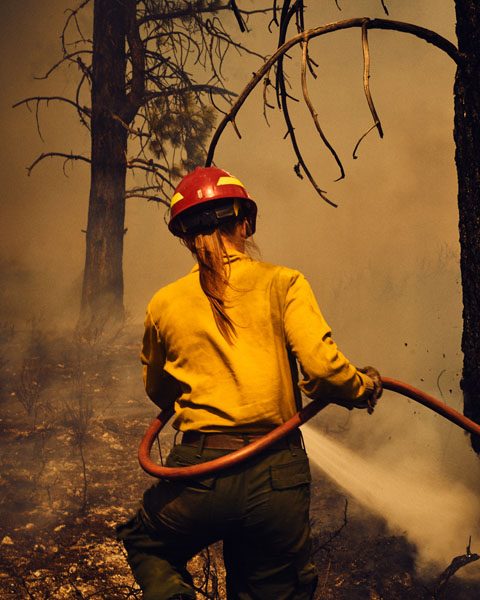
Photo: Cole Barash
Believe it or not, the politics surrounding the future of the fire management and suppression services the USFS leads may be swayed by a little bird that calls the charred forests of Oregon and California home—the black-backed woodpecker. This bird relies on charred forests to live and they, like many other species, need fire to exist. Fire suppression across their habitat might be their worst enemy, and it is a key driver in their population decline. But this bird—slated for potential protection under the Endangered Species Act—may drive the politics of fire away from suppression, towards a more natural approach of allowance and monitoring.
What if we let fires burn in wilderness settings so our forests might once again function in a relatively wild and natural state? Yes, there would be smoke, and yes, folks who live in the wind and fire path may be affected—that’s important to consider. Those residents are worth protecting, but there’s certainly a middle ground that could provide an opportunity for these communities to see the value in healthier forests.
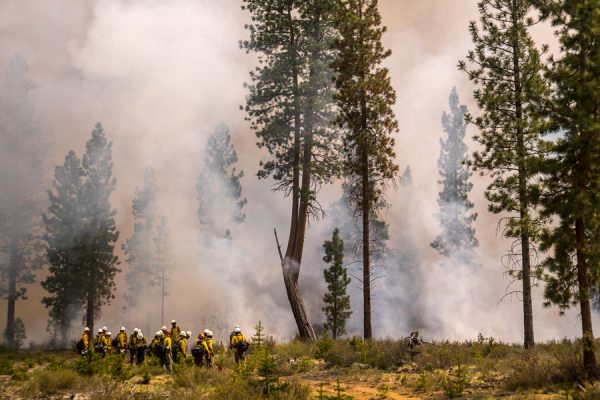
Photo: Charles Post
If the policies protecting our forests were guided by a more natural fire regime, one characterized by more frequent less intense fires, it may create a healthier future for those who live in wooded areas. A more natural approach may lead to these communities living amongst a more resilient and fire-friendly forest, instead of a fire-starved forest akin to a timber tinderbox. But under today’s policies, the USFS fire teams will be on the front lines with chainsaws and hand tools at the ready.
The life of a USFS smokejumper is one shaped by the alarm. If you walk into any smokejumper base, you’ll see the loud speaker. When that alarm goes off, it starts the engine of a plane poised on the runway outside. That sound inspires a flood of energy throughout the base as smokejumpers converge on the jumplist—that fateful whiteboard with the names of those scheduled to jump, boldly printed for all to see. If you’re on that list, you’re suiting up, grabbing your gear, and heading for the door.
You’ll take a deep breath and jump.
Within minutes you’ll be en route to your next adventure. You’ll have the chance to jump out of a plane and into America’s wildest landscapes to put out a fire with a handful of talented men and women who you’ll spend every waking second of the next few days with. You’ll take a deep breath and jump. Typically, mountain meadows are where you’ll fix your eyes—you’ll want to land there to avoid any trees. But if you end up in a tree, you’ll have a rope and belay device to safely climb down and join your crew.
Then, you’ll look up towards the hum of plane engines and see a few loads of gear attached to parachutes falling slowing through the smoky sky. Those white boxes will be filled to the brim with tents, sleeping bags, food, water, chainsaws and extra gear. You’ll be glad it’s there, but you’re also hyper-aware that you’ll be tasked with packing out every ounce of that gear each time you move. You also know that ounces make pounds, and pounds make more pounds, which will get heavy after 10 or 15 miles of bushwhacking to the closest pickup point. And sometimes it’s 100 degrees and you’ll have to hike 20 miles before you can get plucked from the forest to head home.
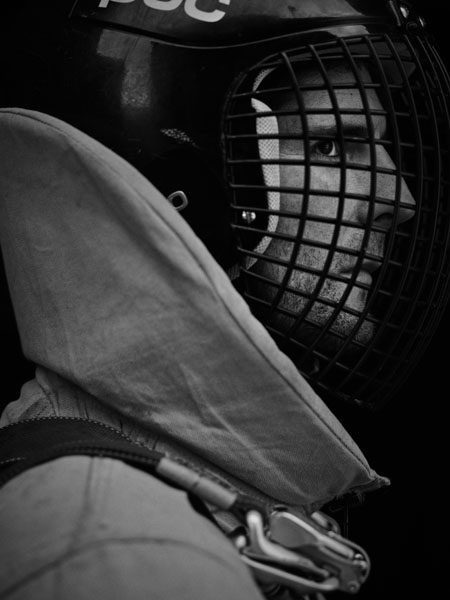
Photo: Cole Barash
The life of a USFS smokejumper is bound closely to the fate of our forests—guided by a fire that sweeps across millions of acres and shapes the existence of countless plants and animals. Human fire interface is ever growing and what we should hope for is a future where fire has its place. A time where expert stewards—like the men and women of the USFS—may define the way fire exists in America. Yet, the fire situation is ever changing, which means it’s wise and prudent to continually apply our best science and knowledge as we decide the future of fire and our forests across America’s wilderness.
Each year, the USFS employs thousands of firefighters to dig in at the front lines of fires across our public lands. In praise of America’s greatest stewards, Filson has partnered with the USFS to create a body of stories that celebrate these men and women and their collective efforts across America’s wilderness. Without fire, we lose the health of our forests, and without the USFS we lose the middle ground in which society and our wild lands may coexist. Learn more at Filson.com.

